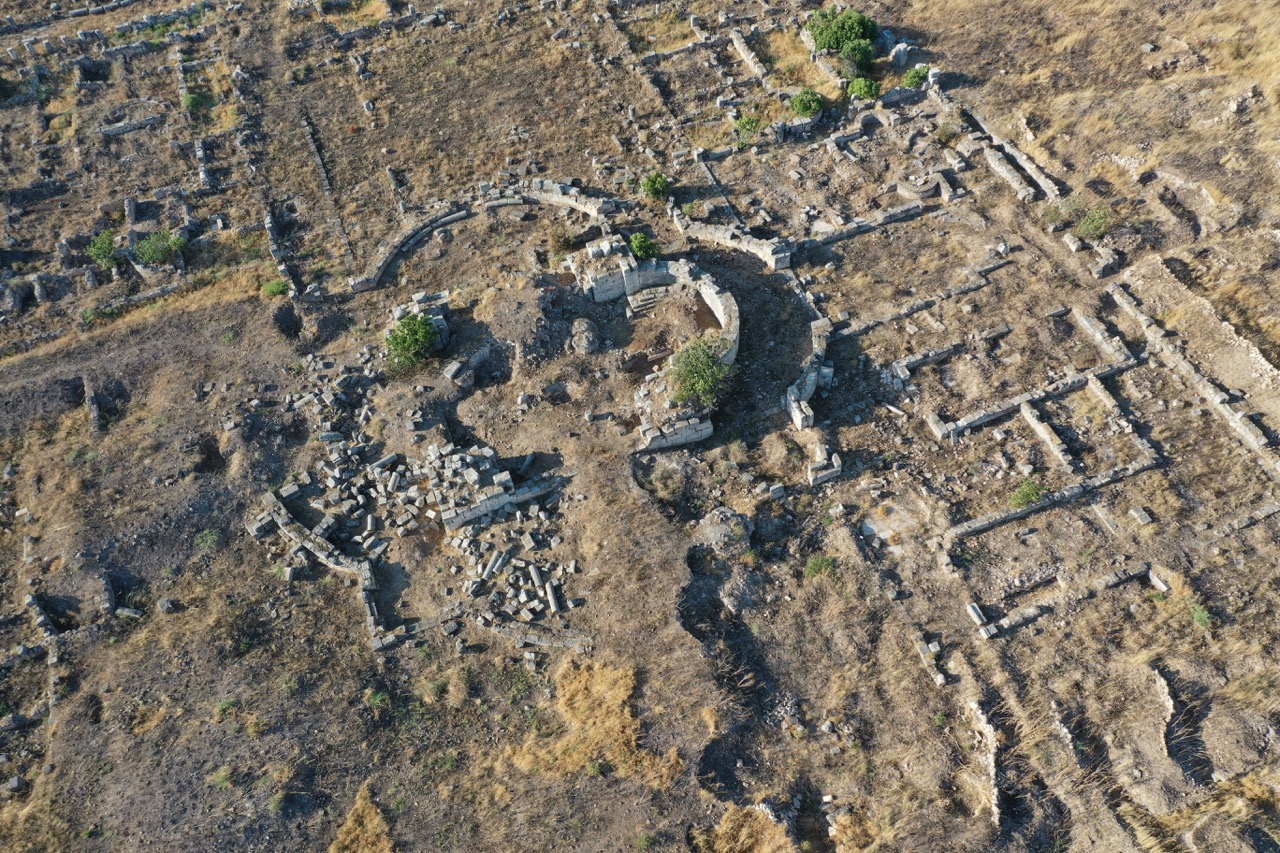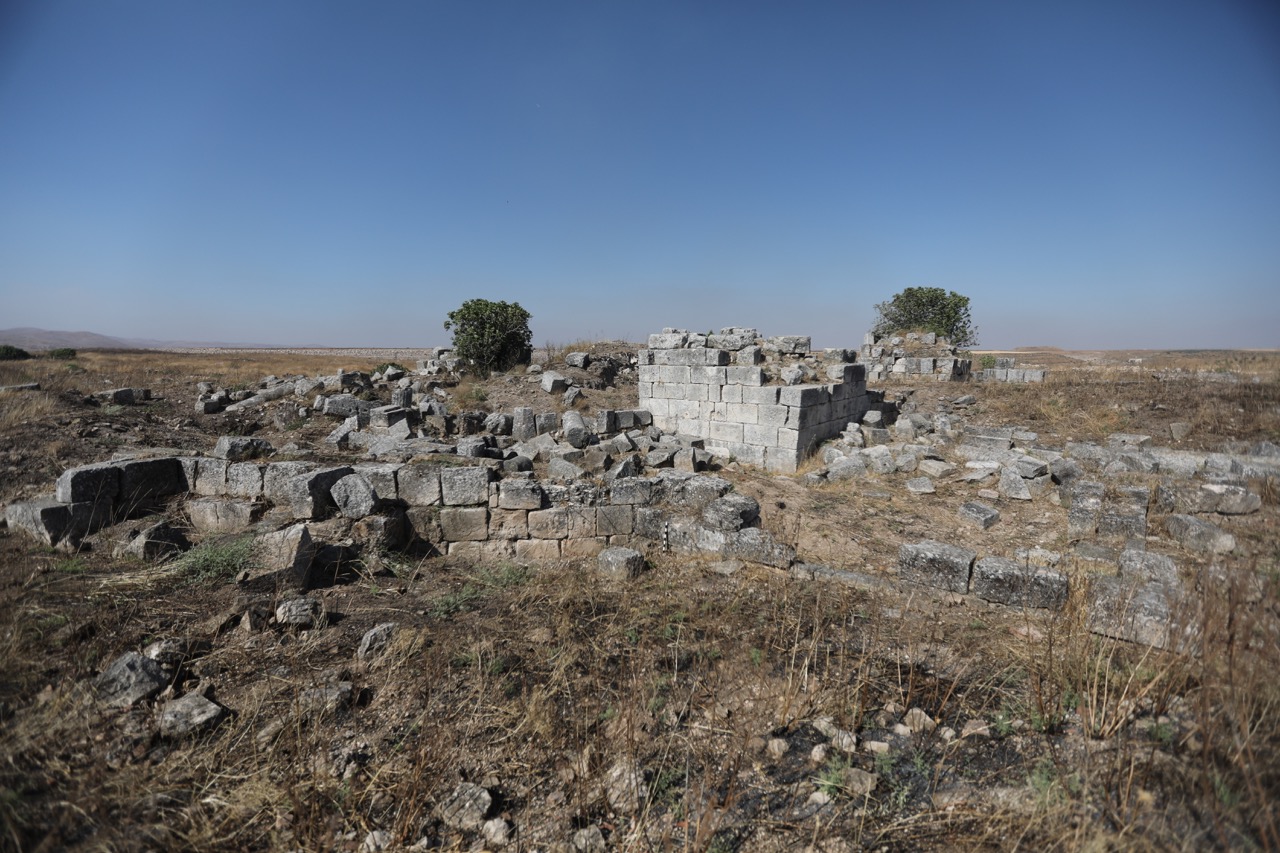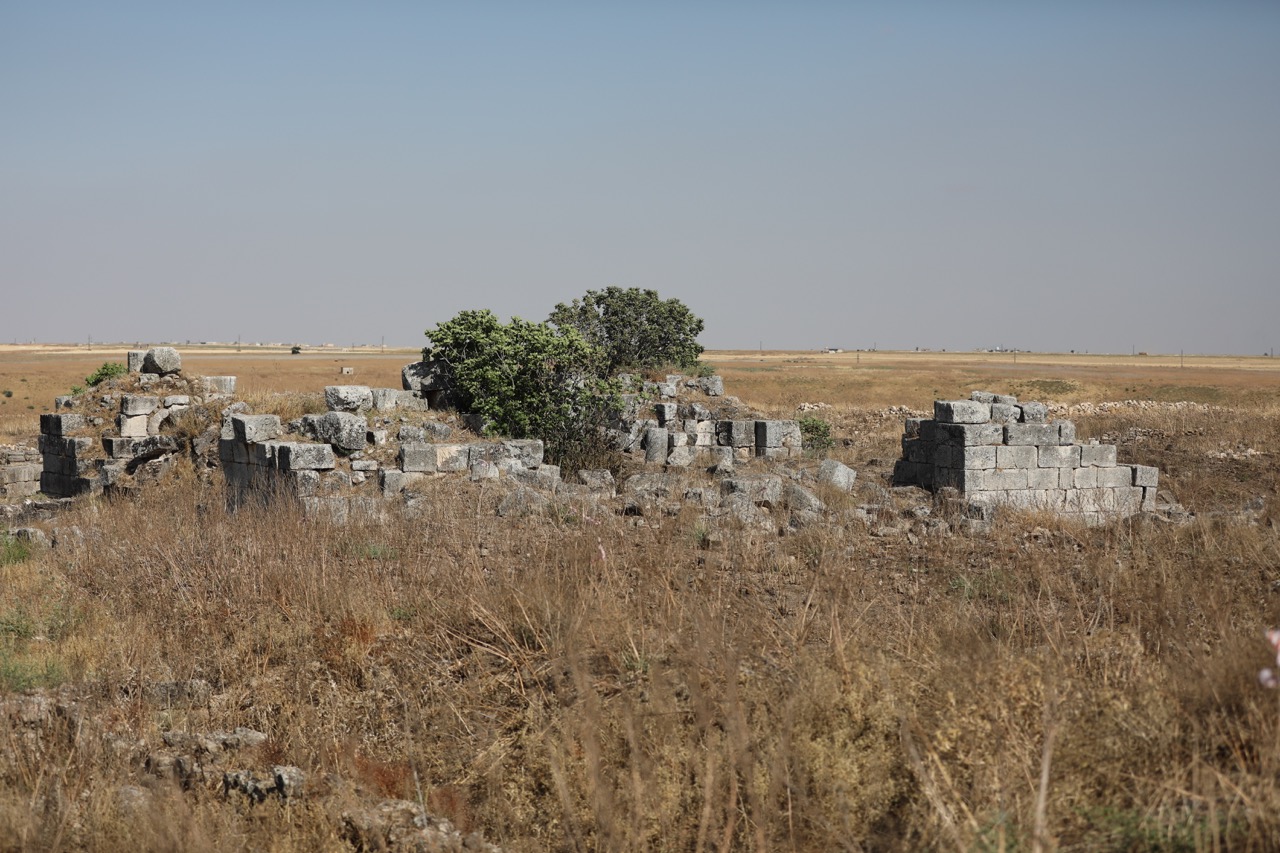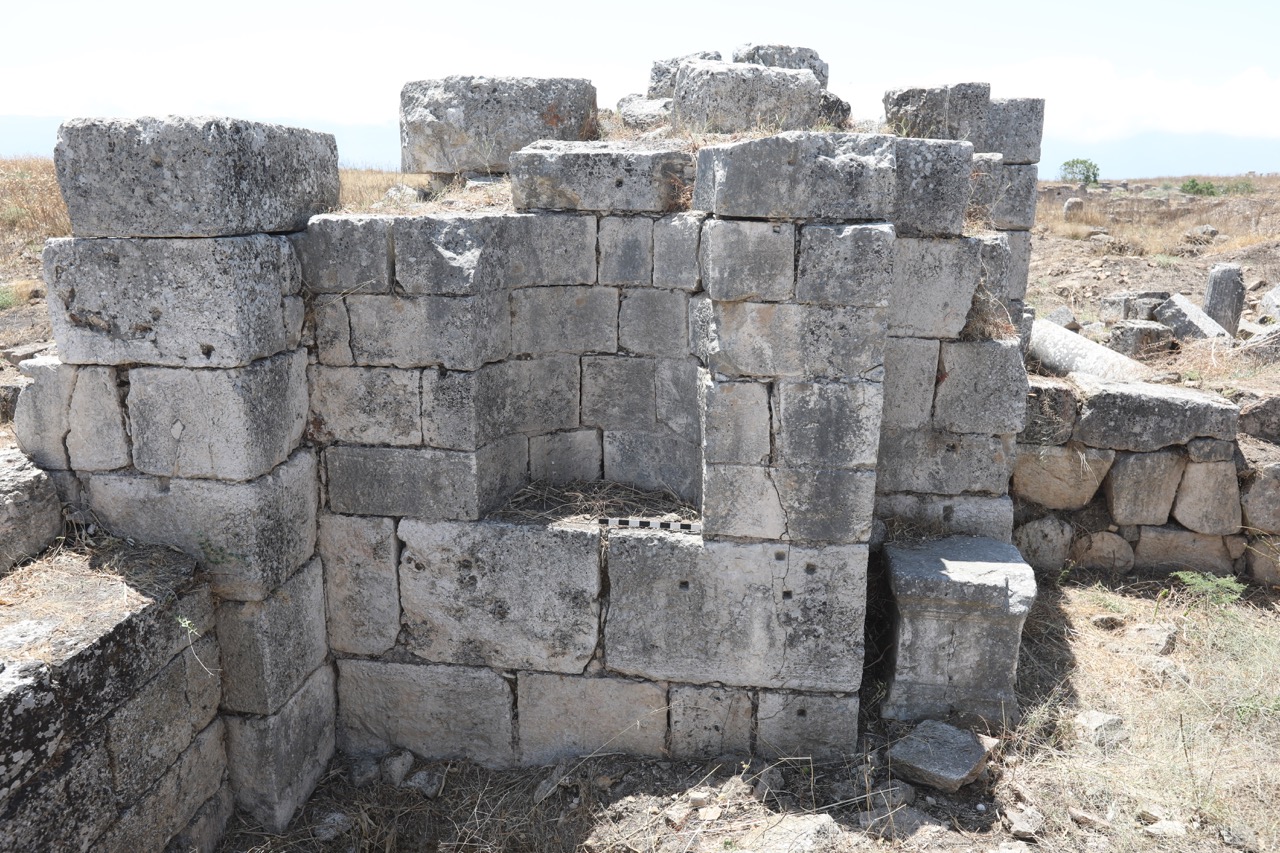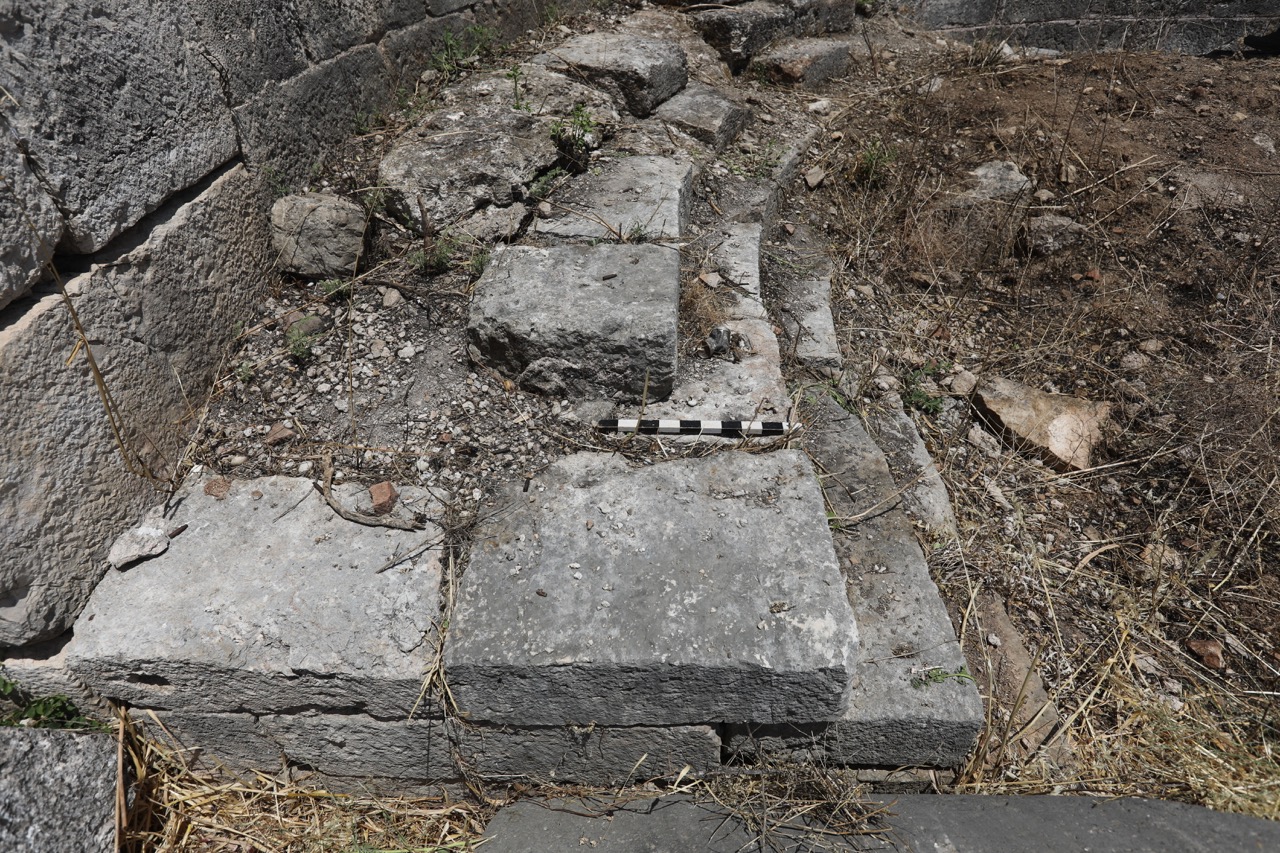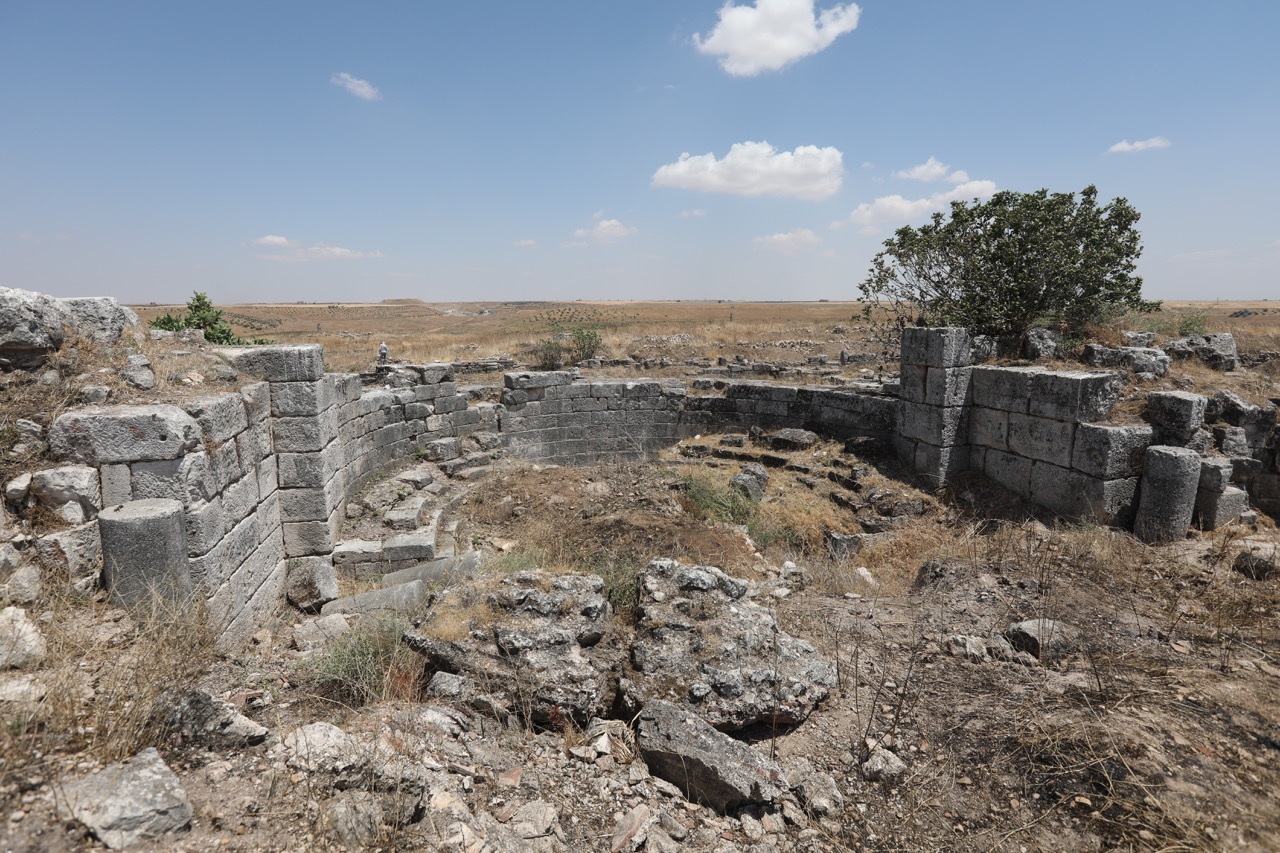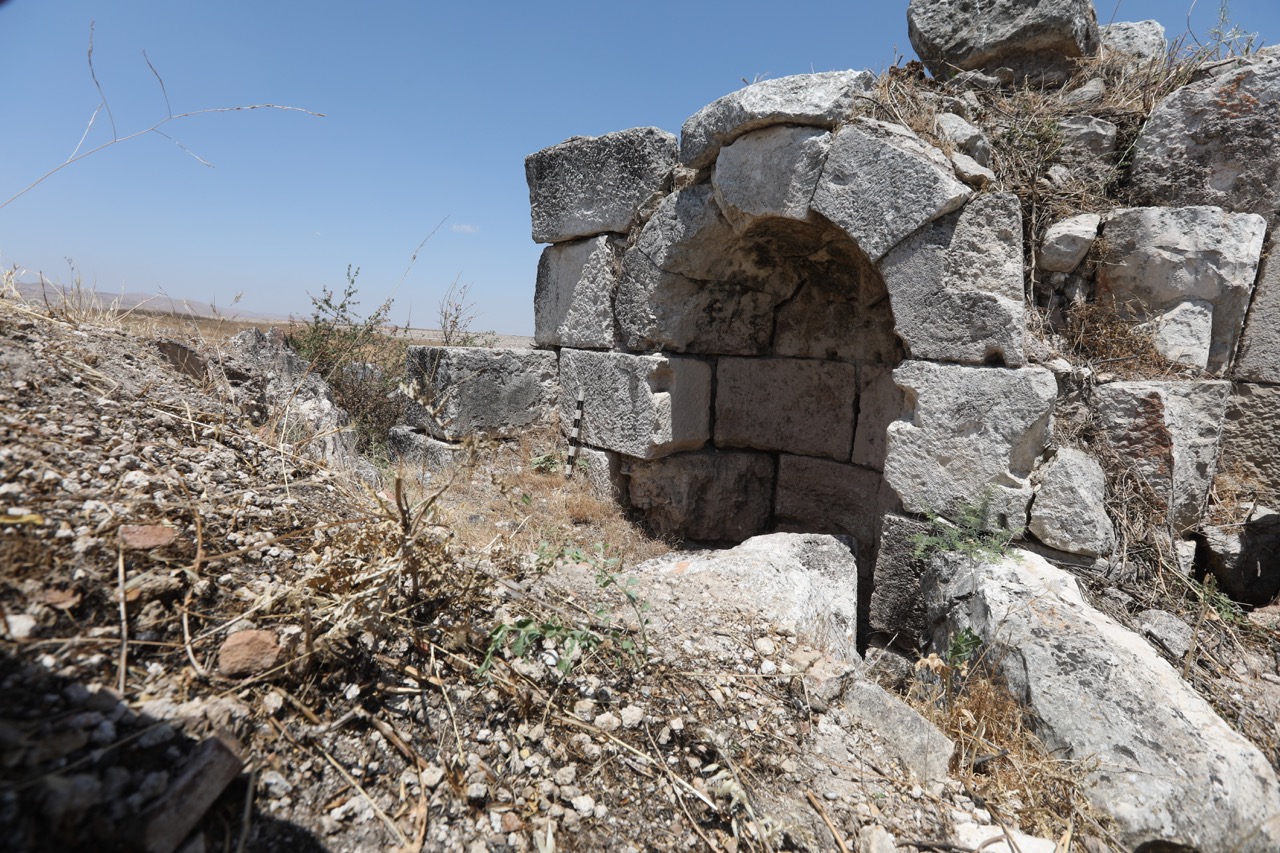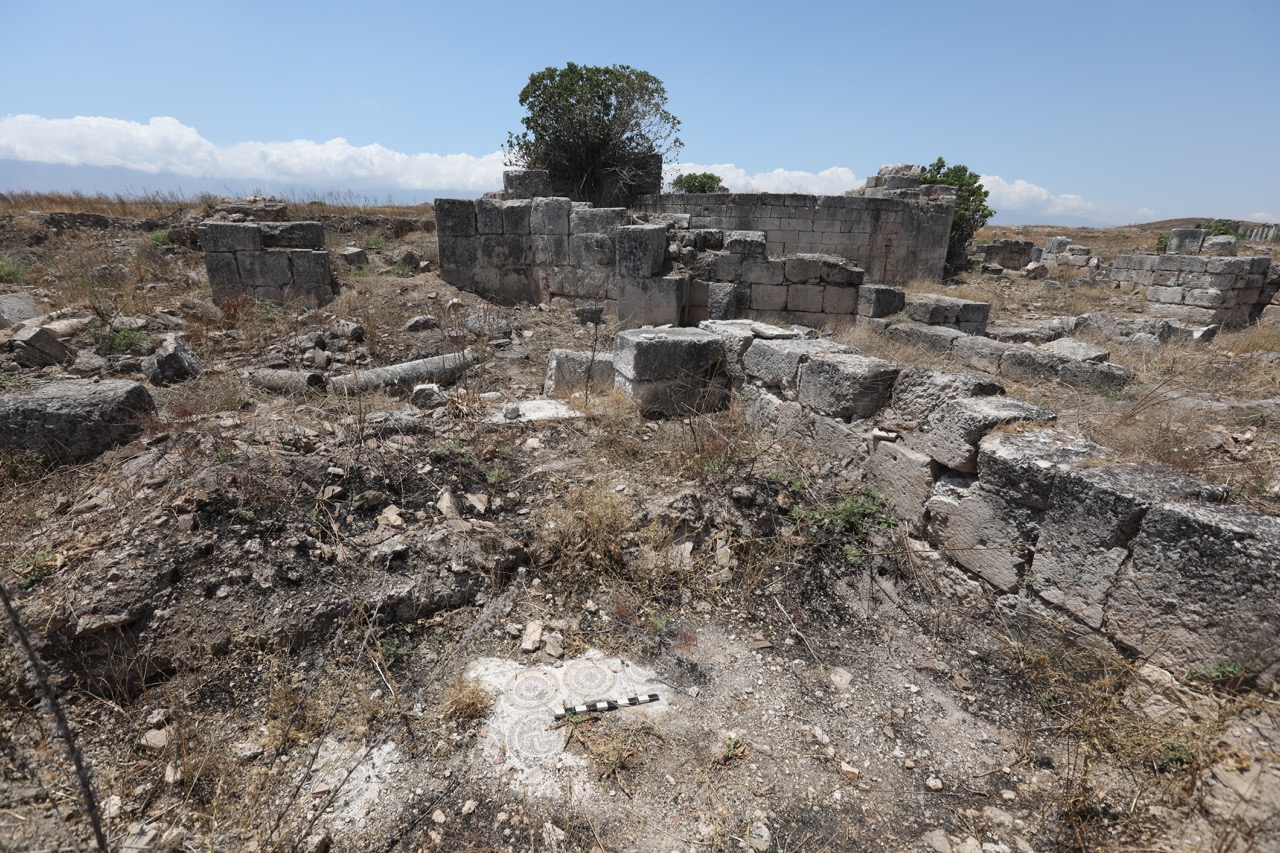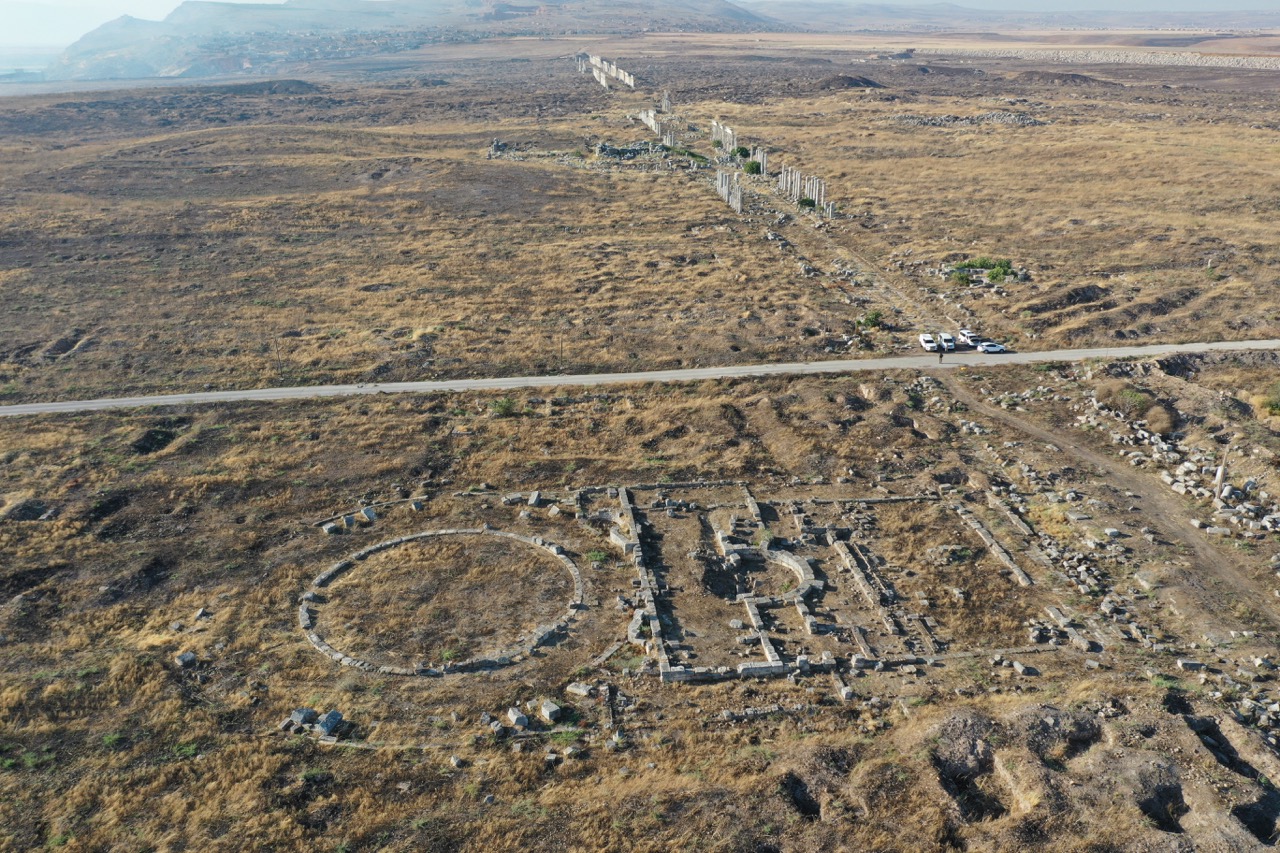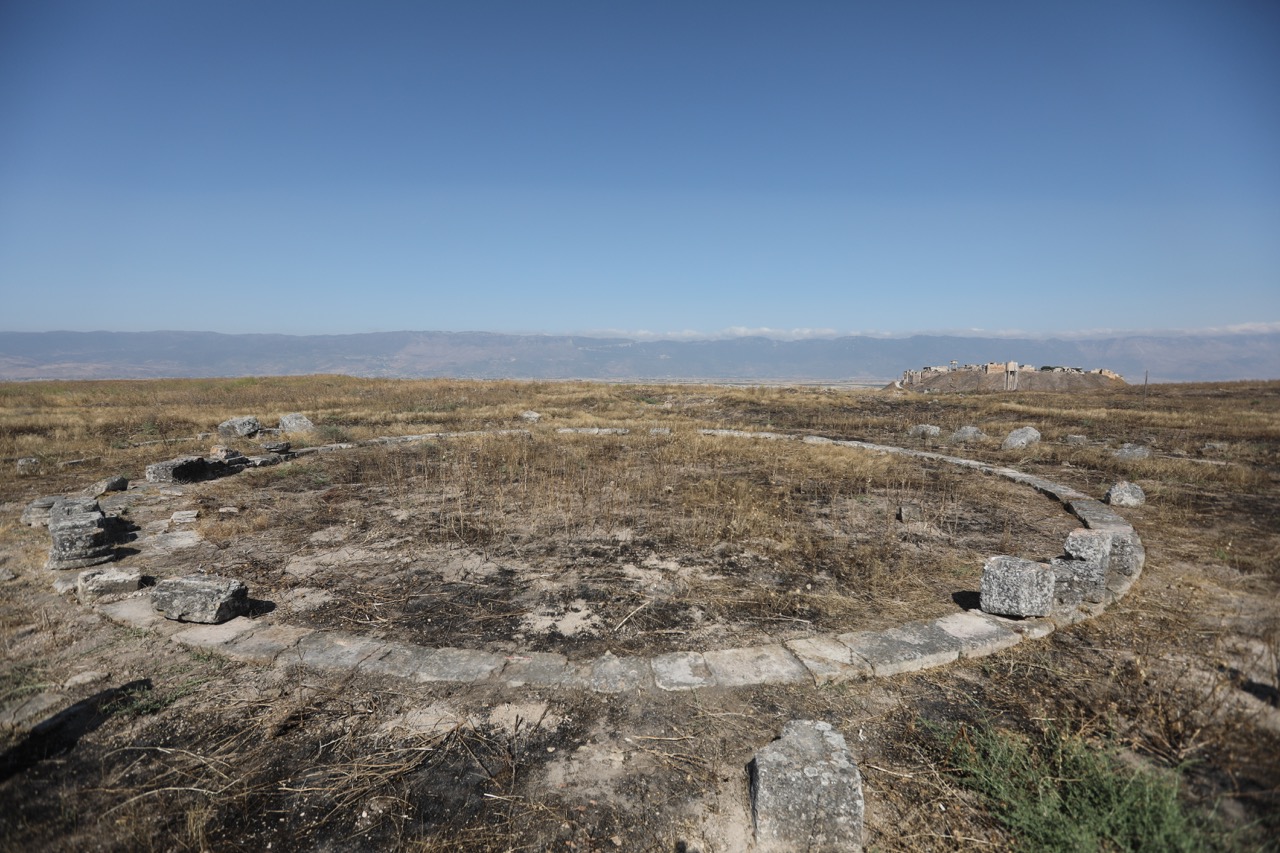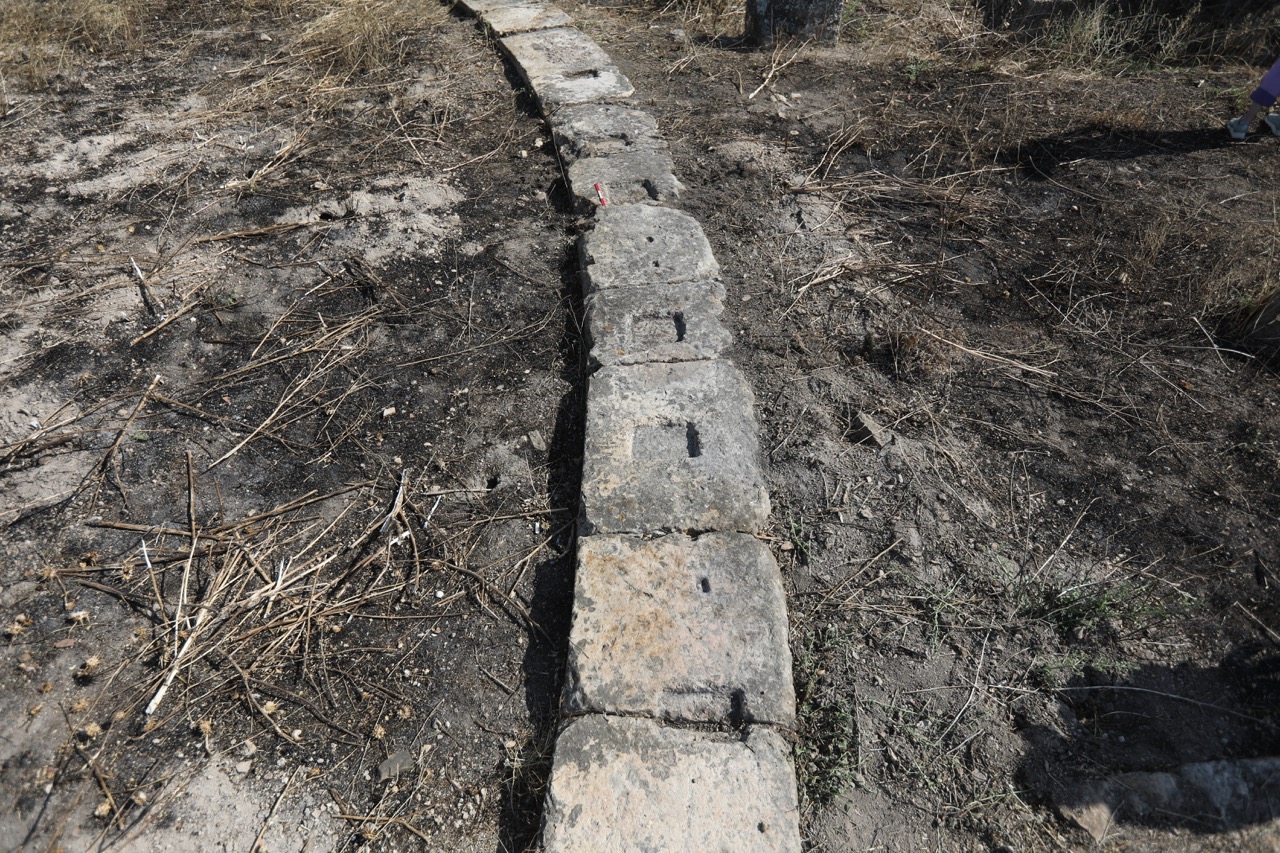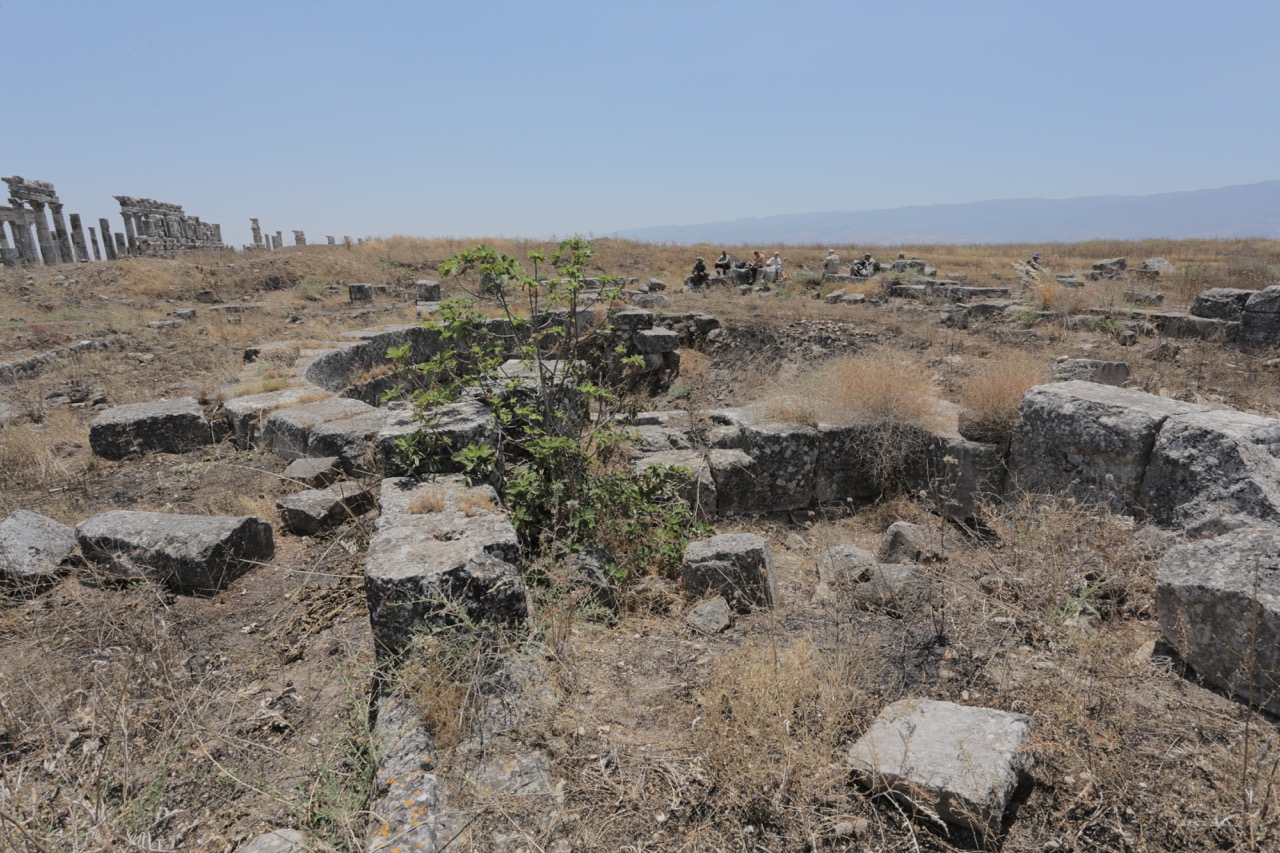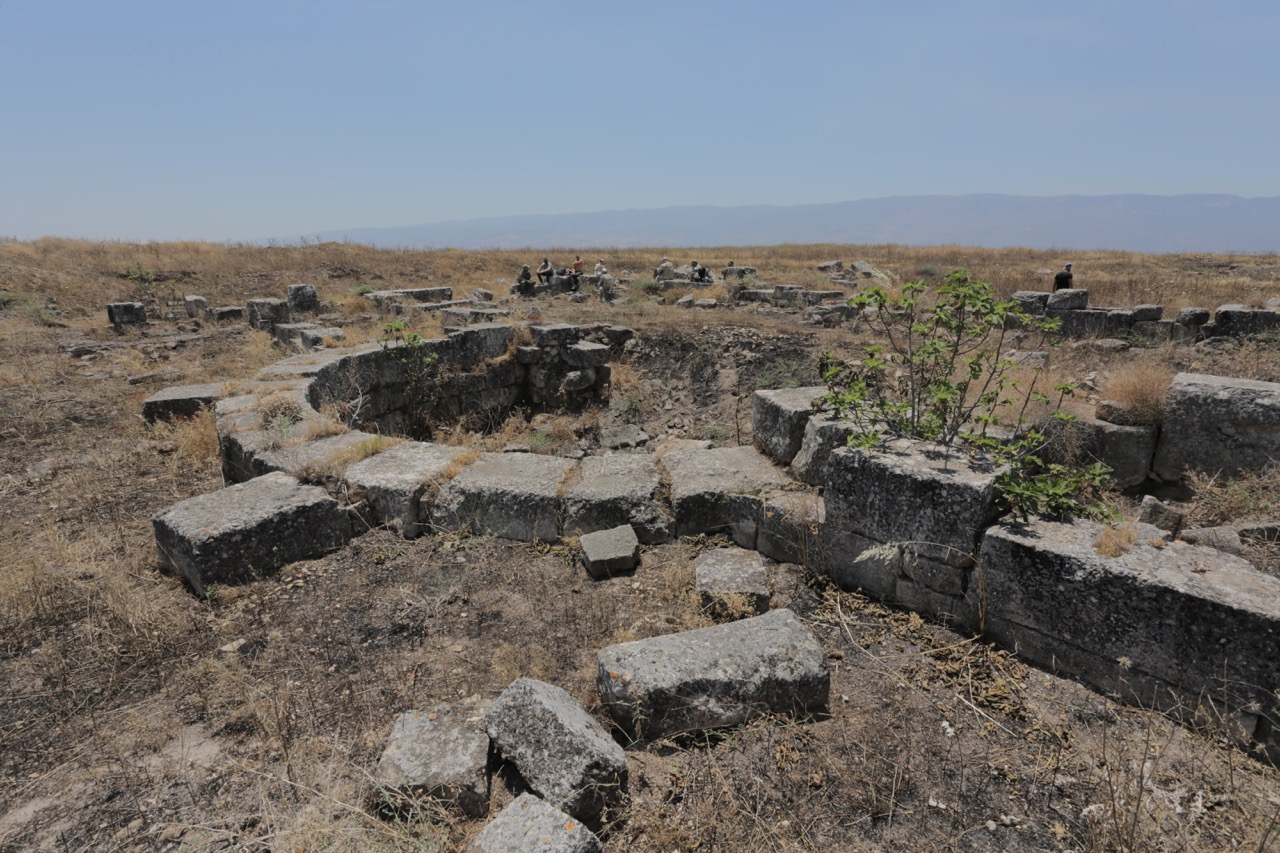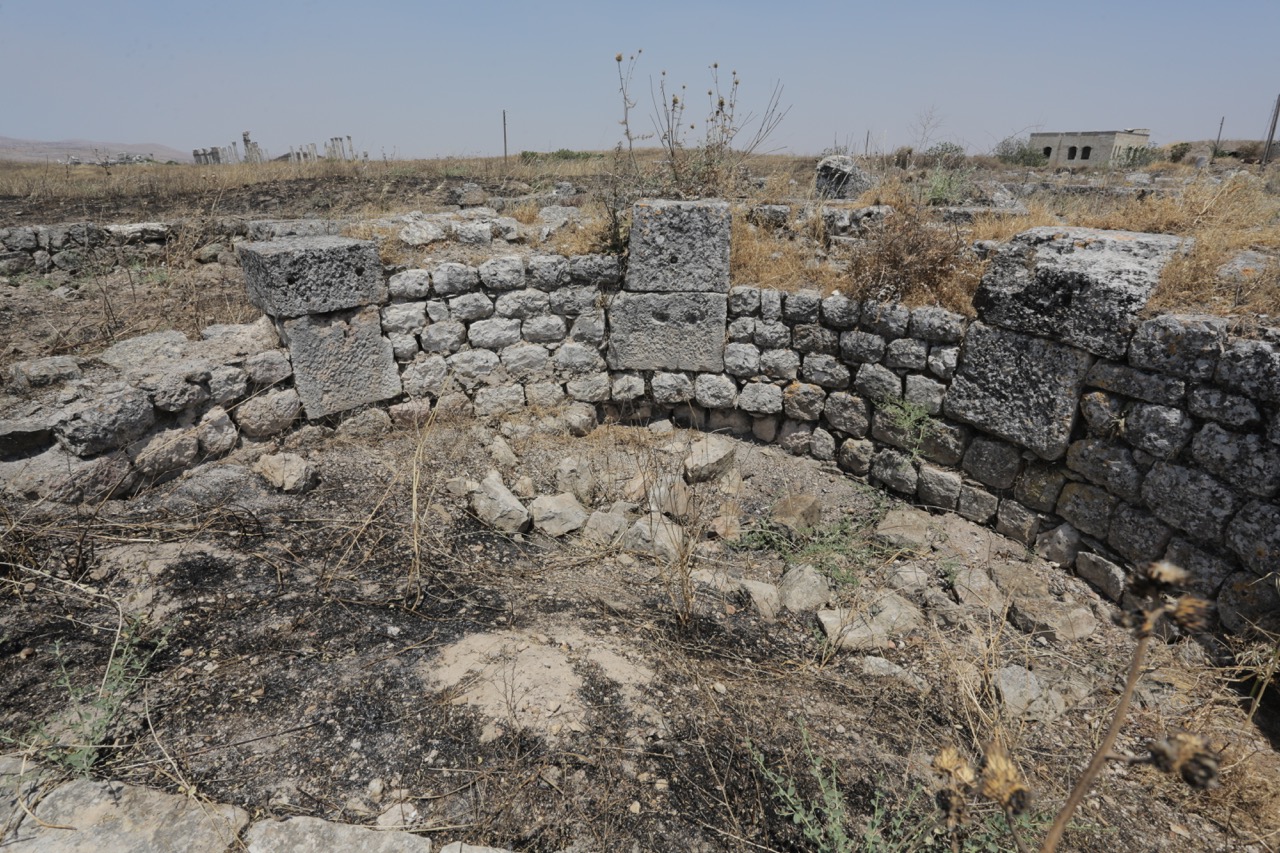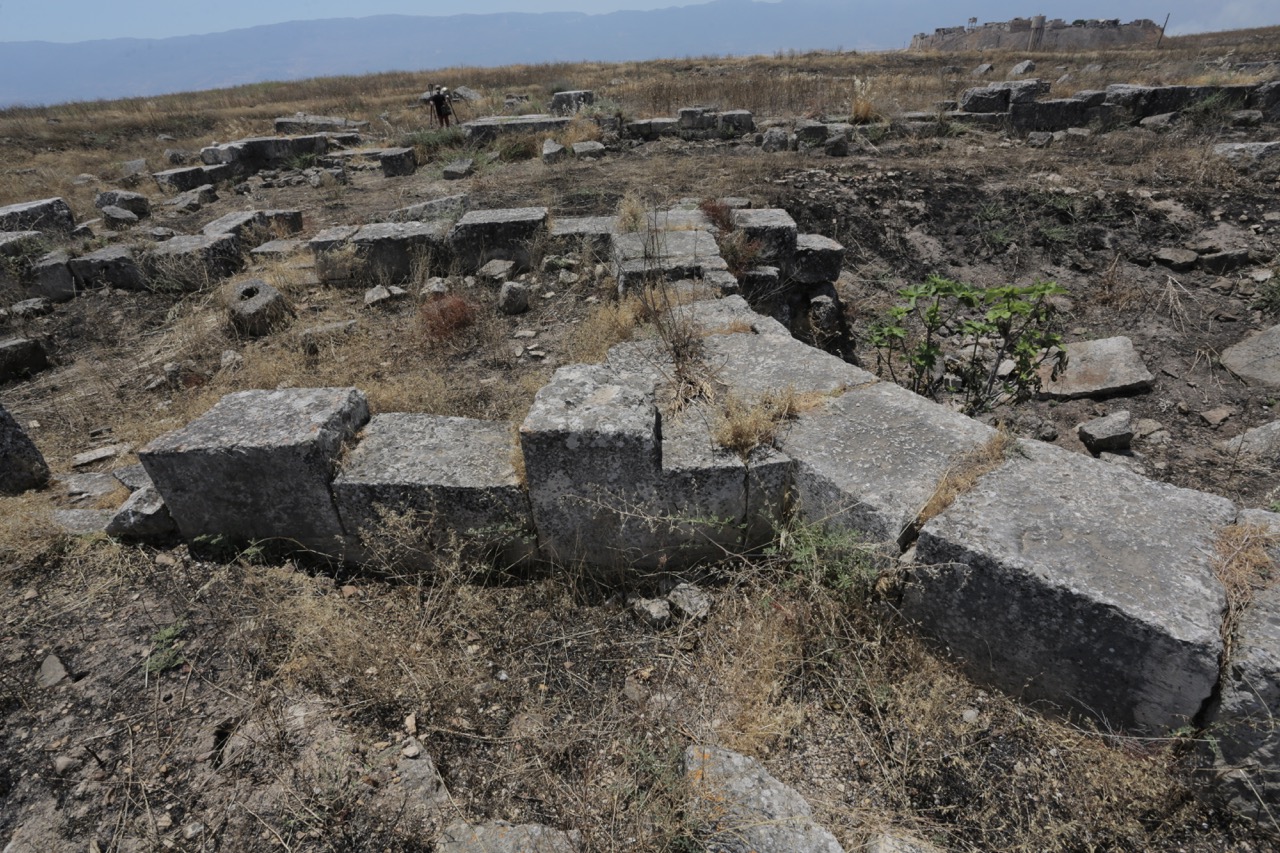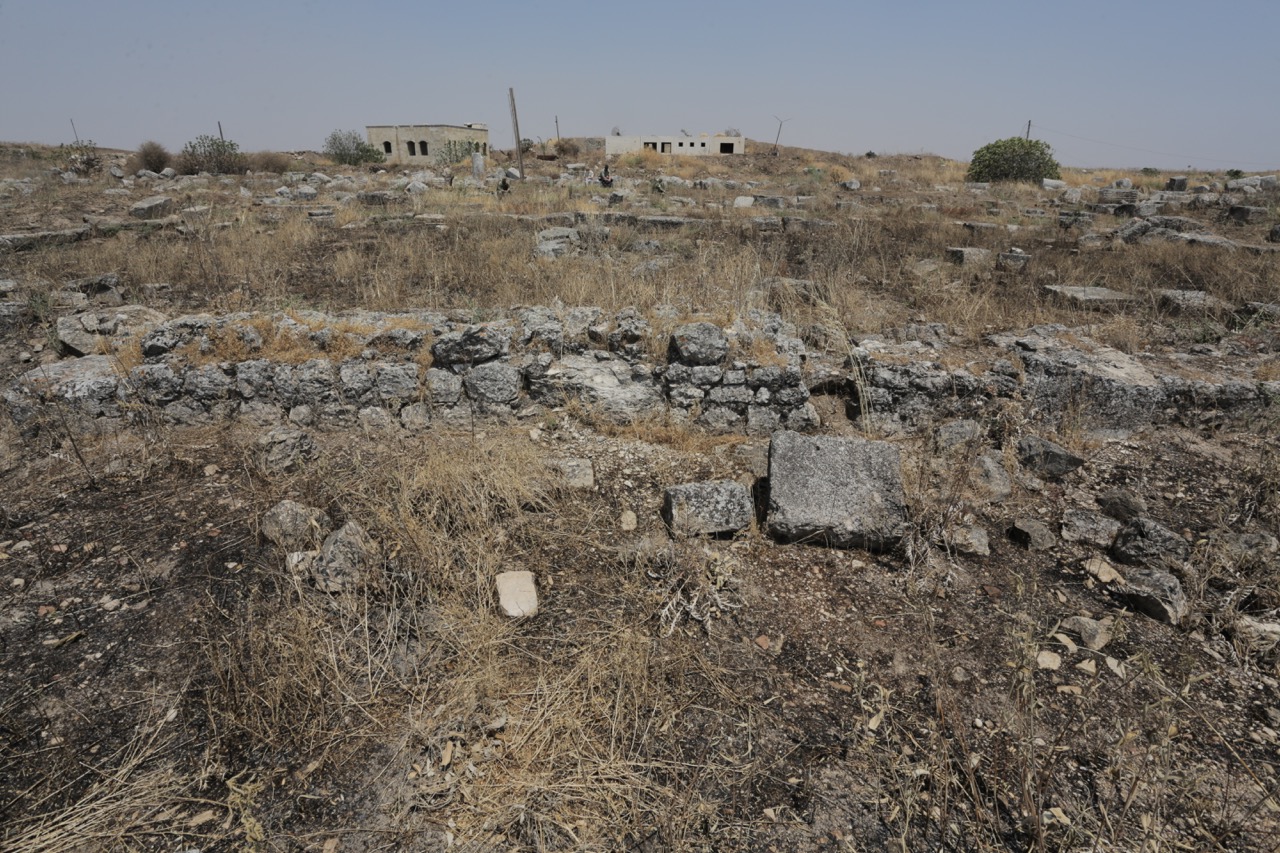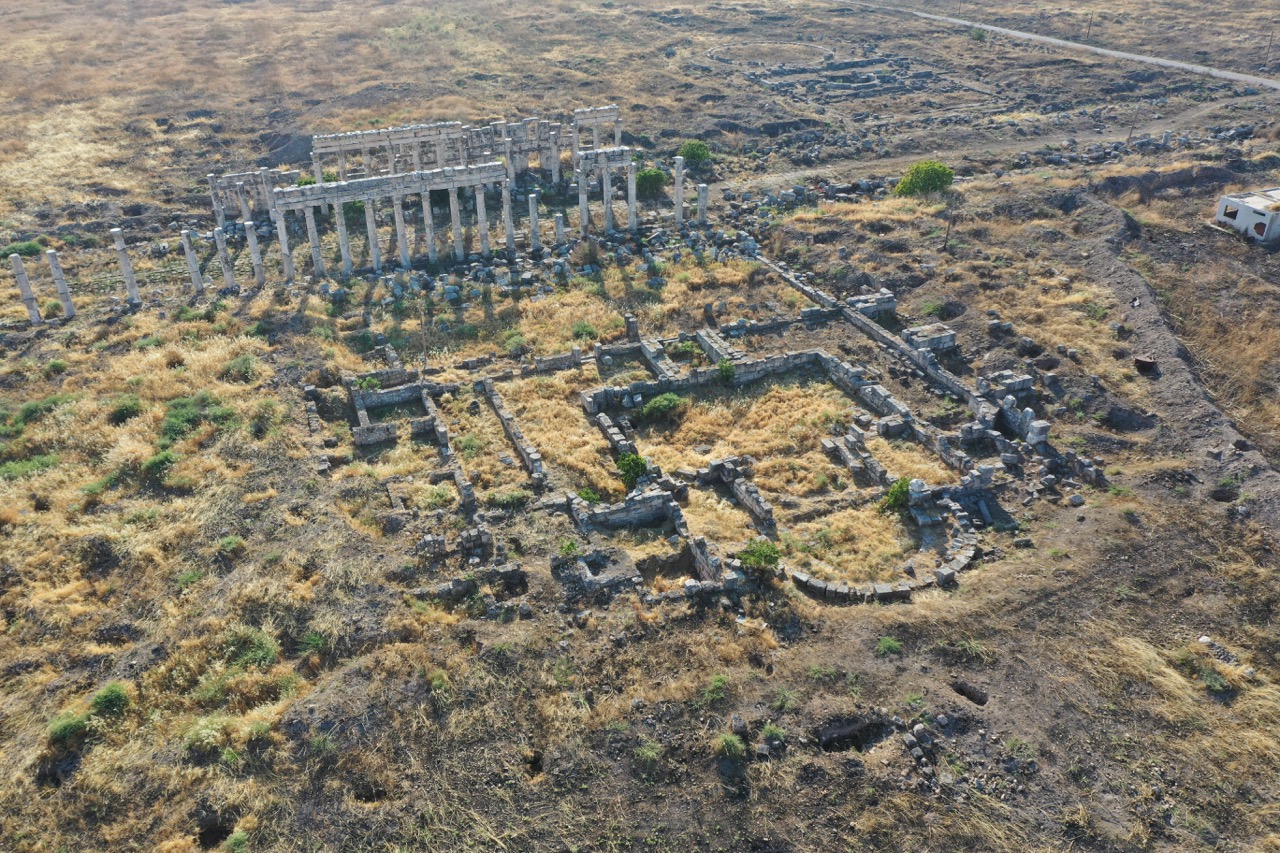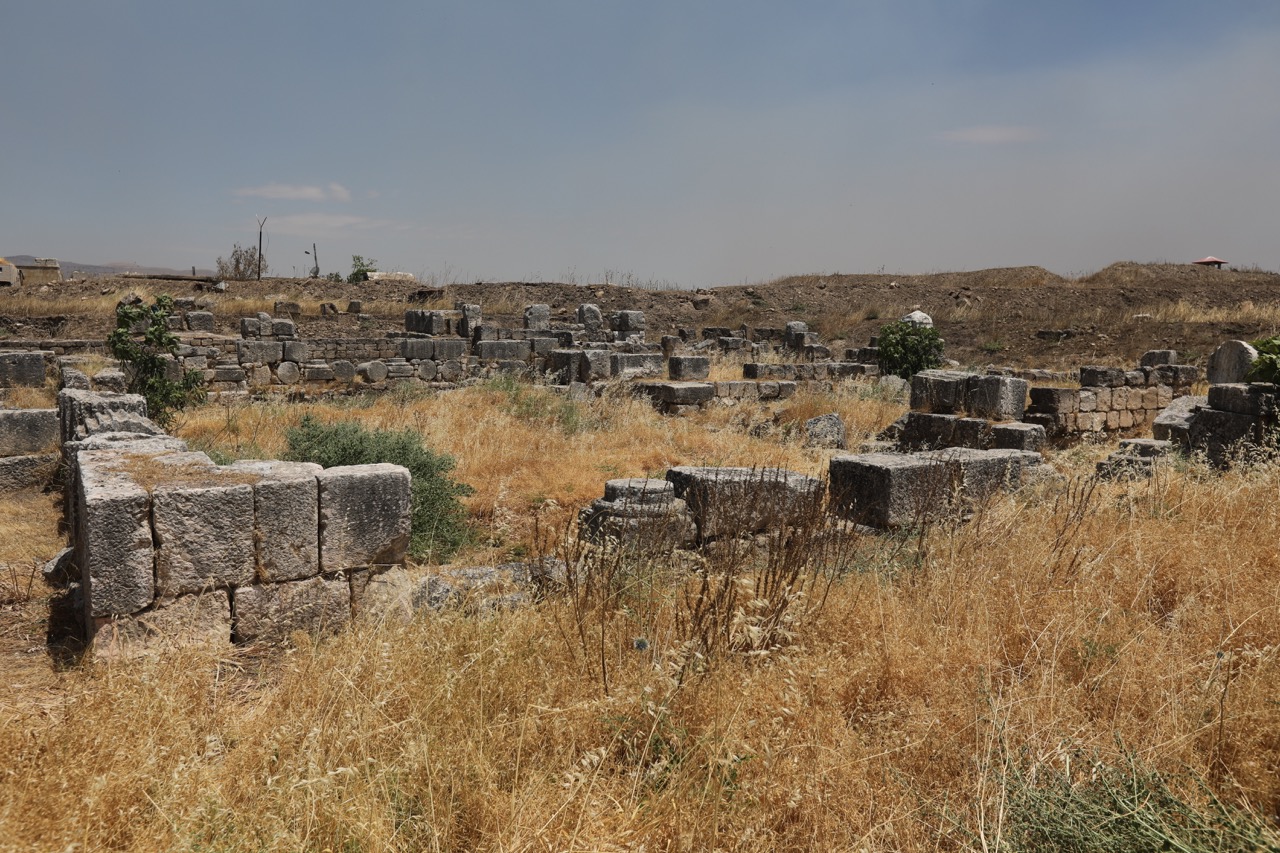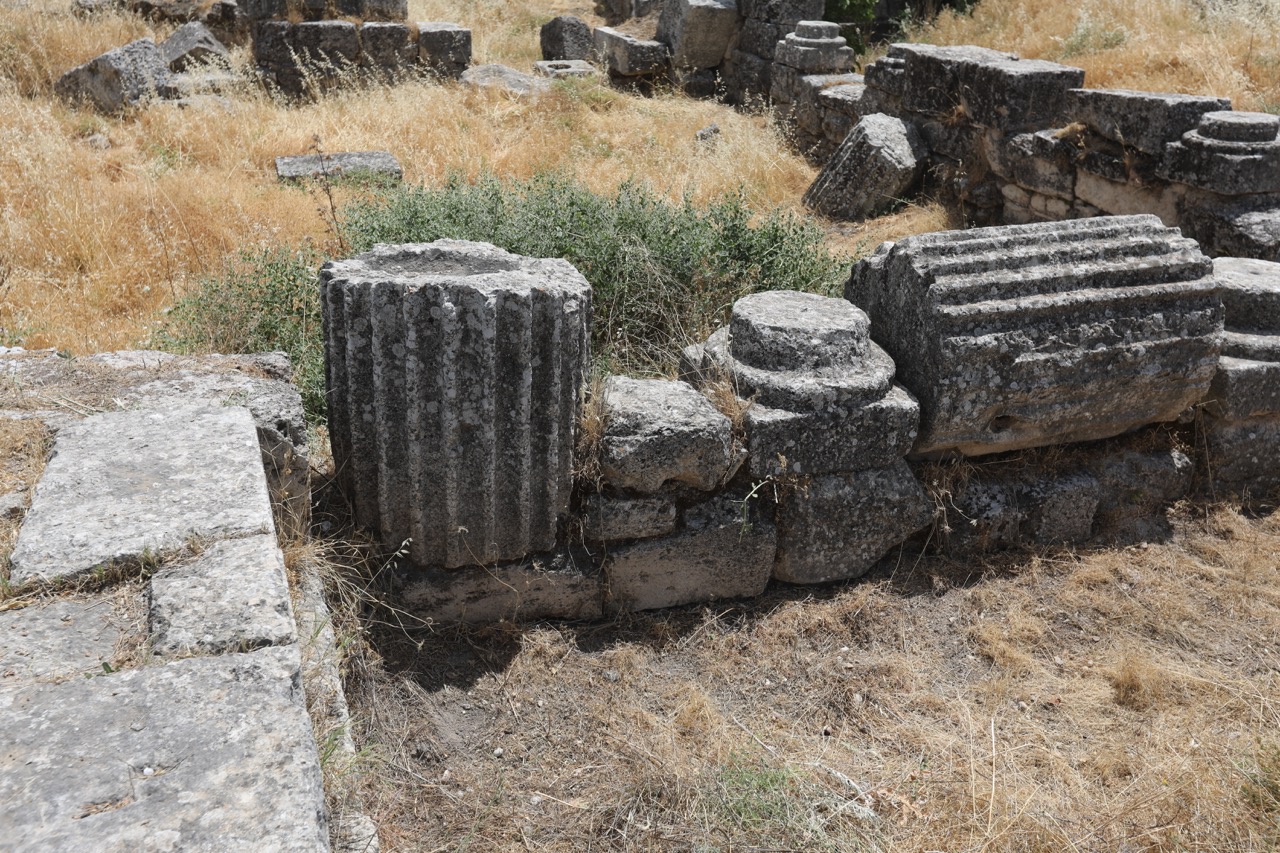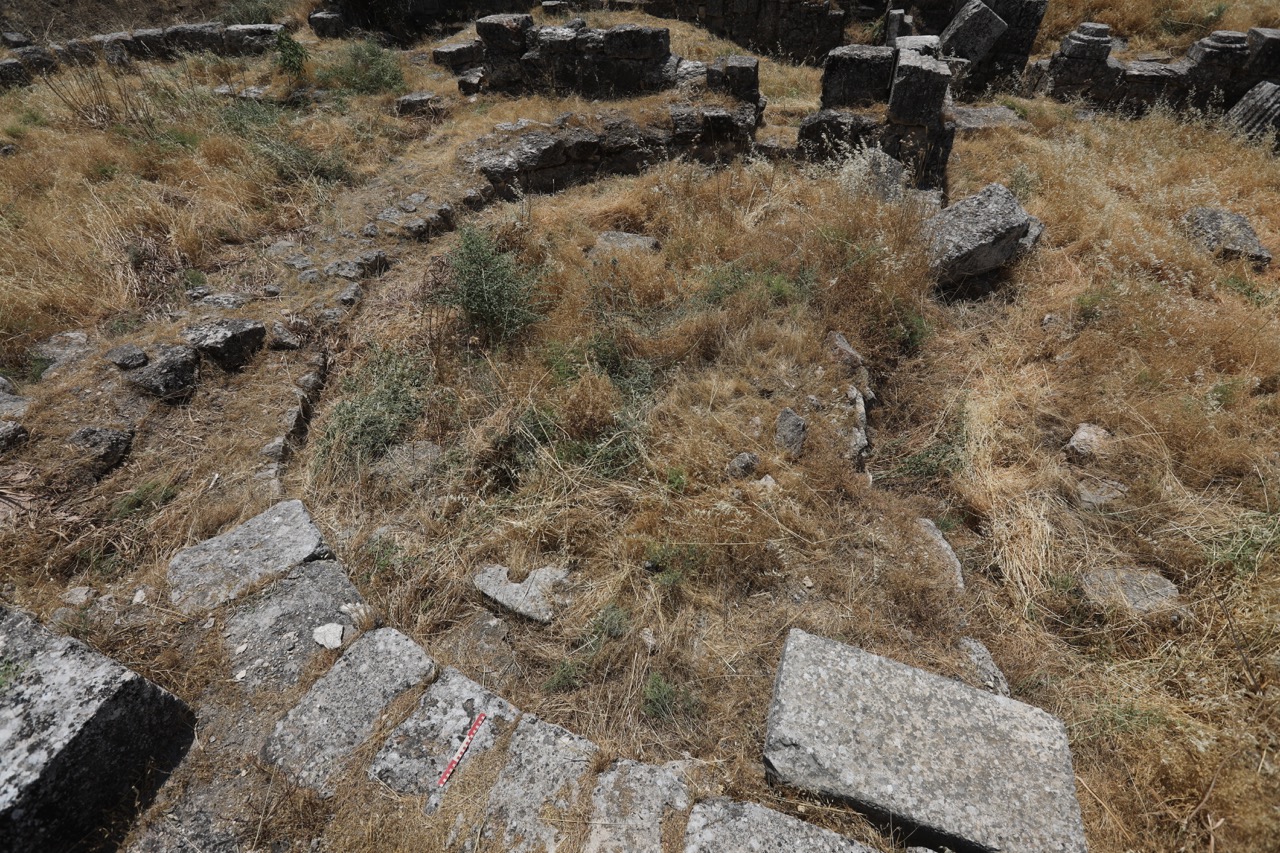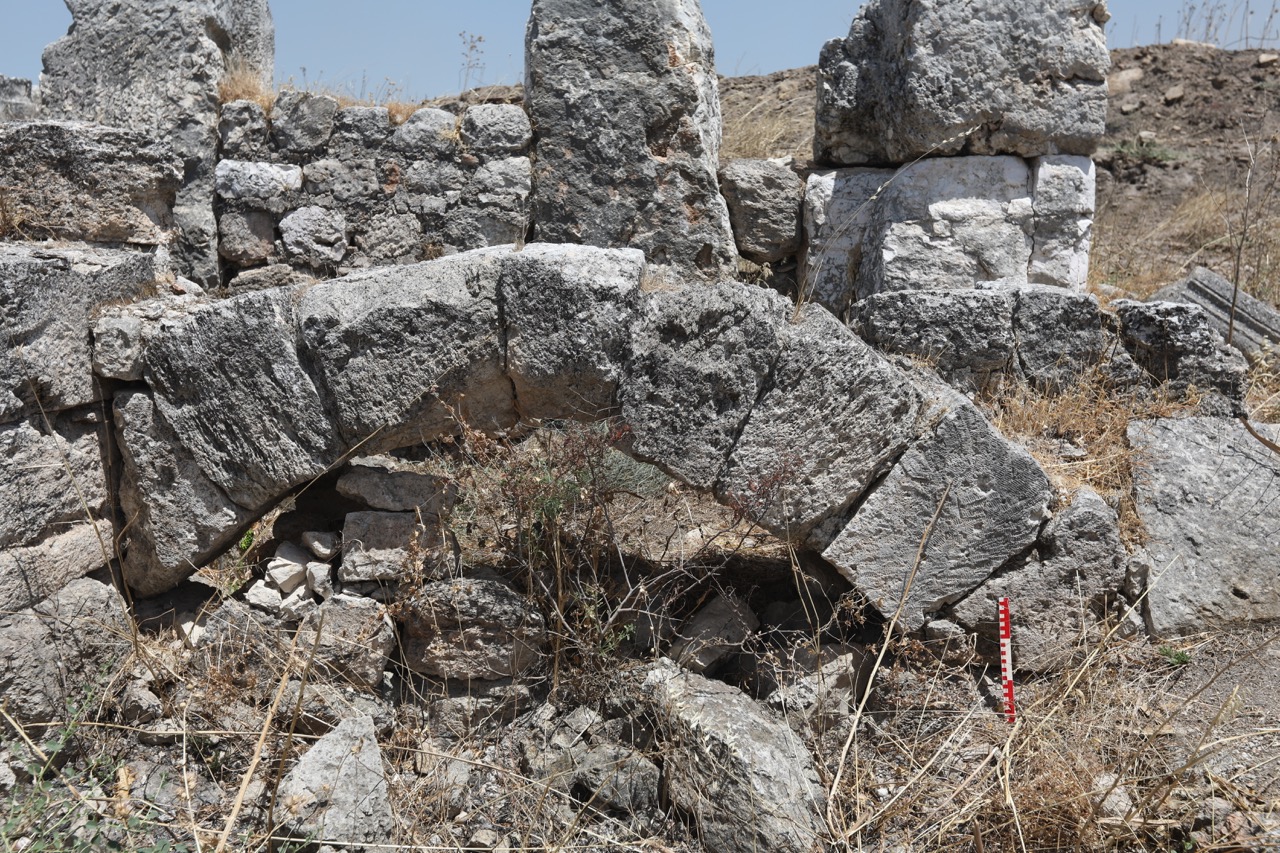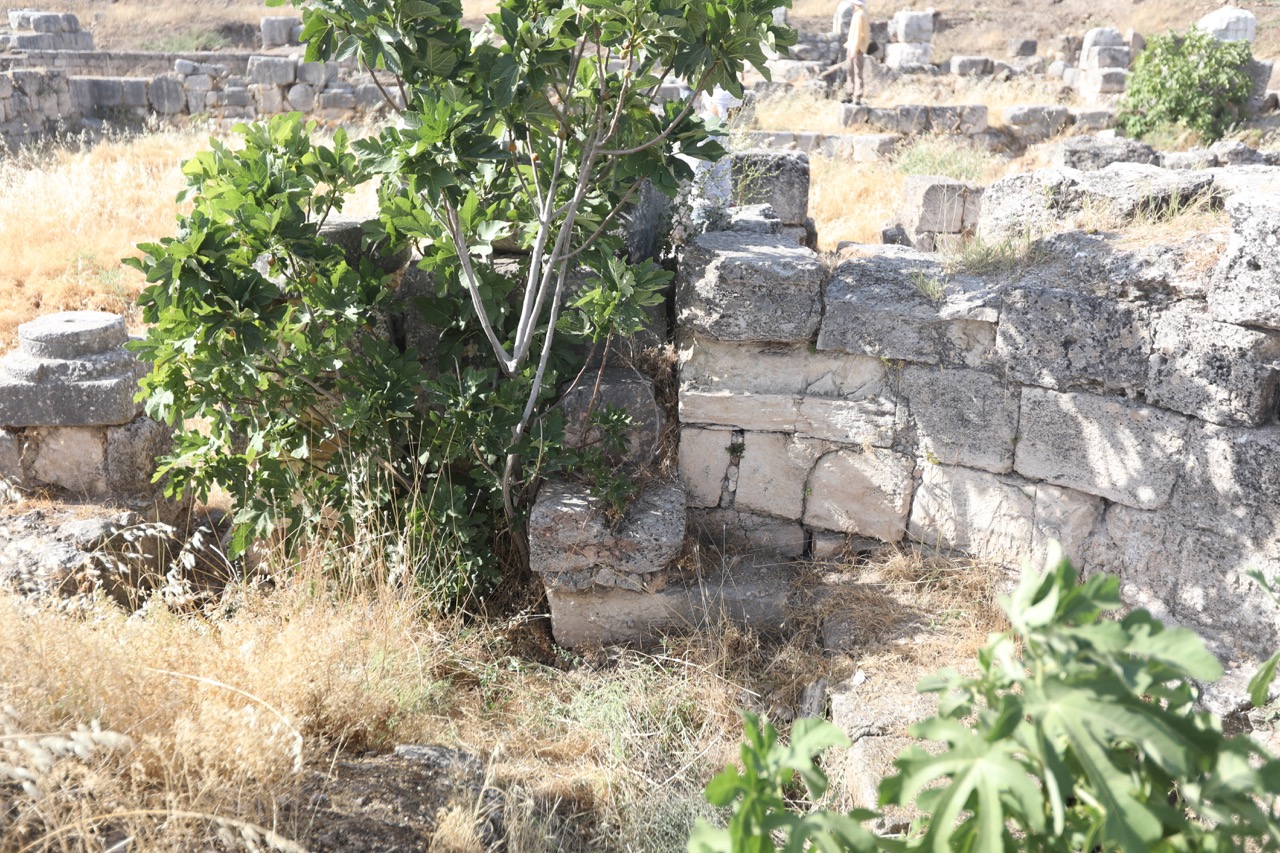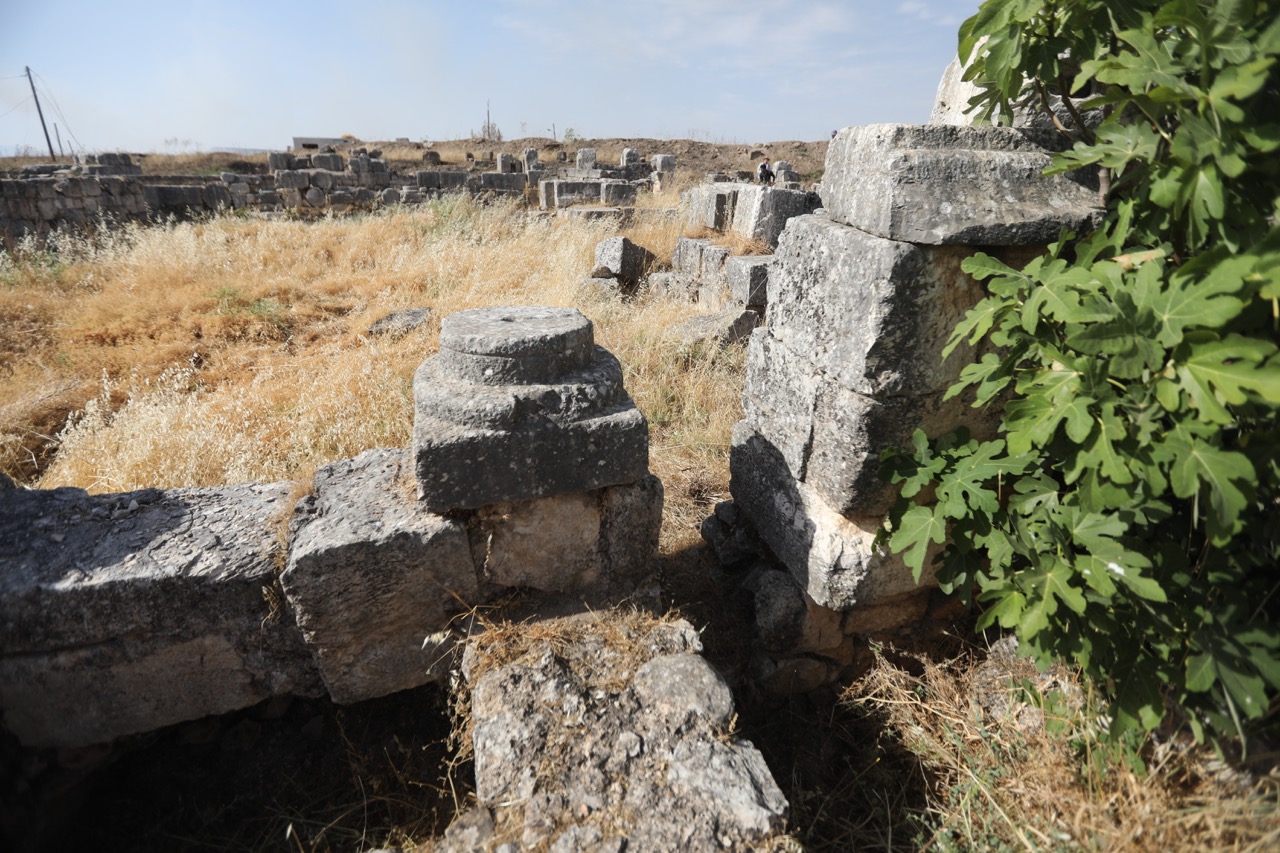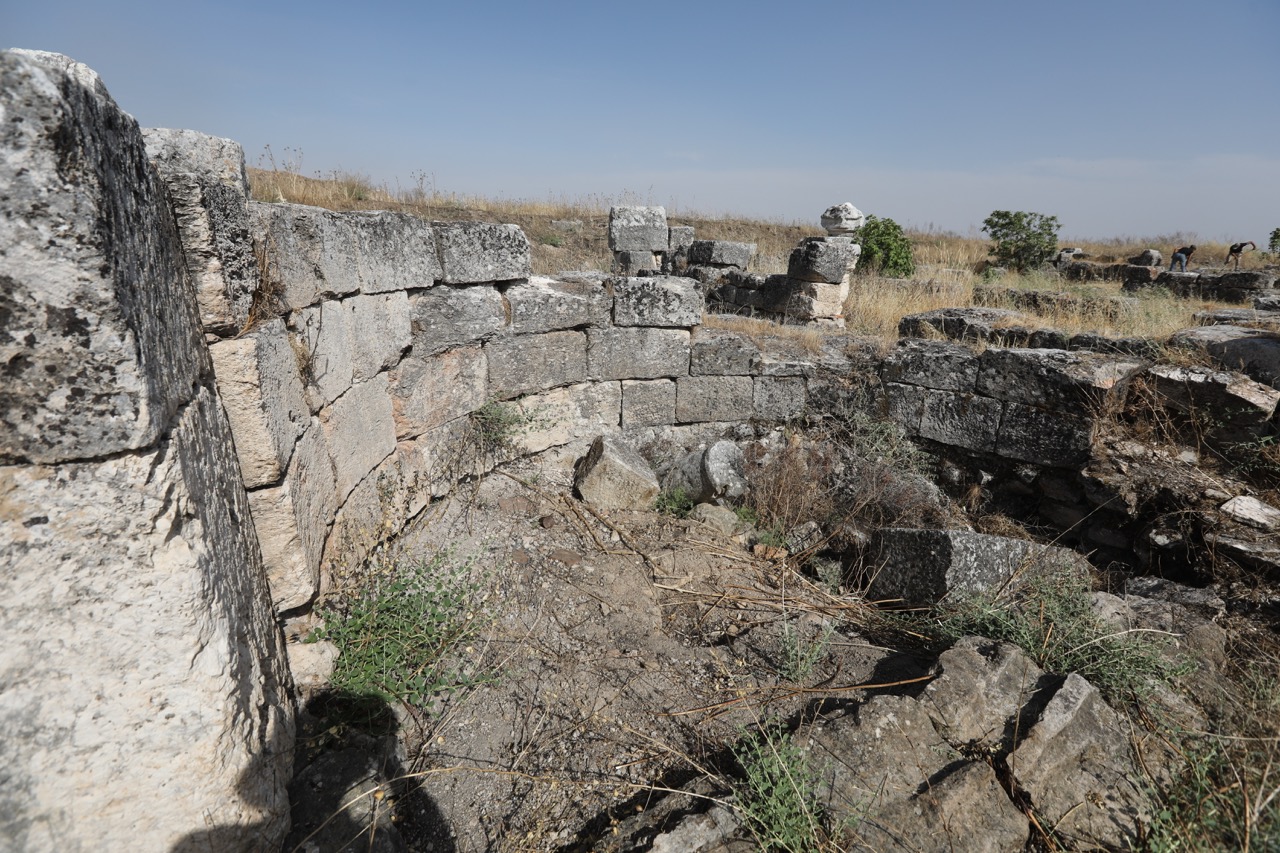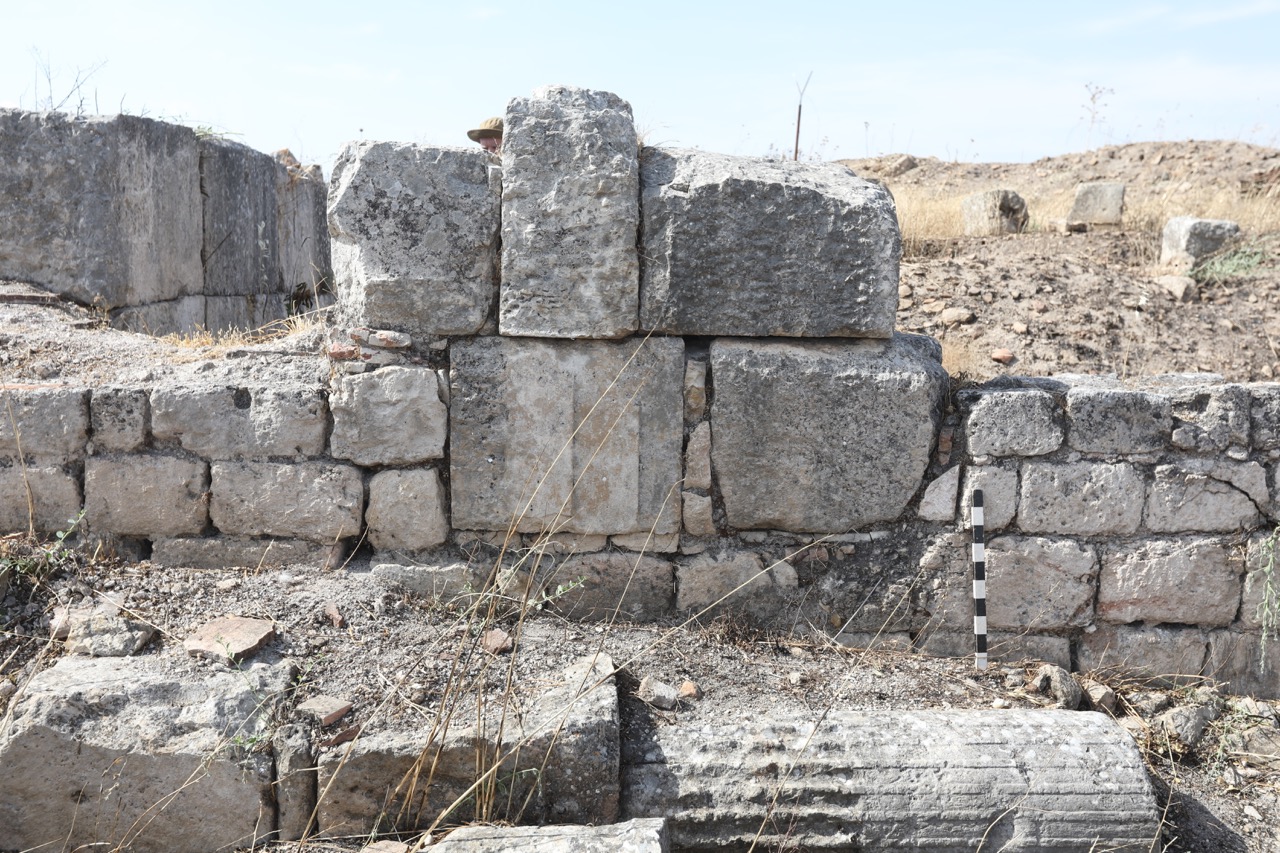Apamea
Apamea-on-the-Orontes (or Apamea of Syria, to distinguish it from other cities named Apamea) was initially called Pharnace and then Pella until it was renamed by King Seleucus I Nicator in honor of his wife (after 324 BC). The city, which had been destroyed by Pompey, was reestablished as the Roman colony Claudia Apamea. In the 2nd century, the city experienced a construction boom, leading to the development of its famous colonnaded streets. Under Caracalla (211–217), the city was given a second name—Antoninopolis. The city housed soldiers of the II Parthian Legion. Several emperors visited Apamea in the 3rd century, and it became a center for schools of poetry and philosophy. In the 6th–early 7th centuries, Apamea was occupied several times by the Persians until it was captured by the Arabs in 637, after which the city fell into decline. In the 10th–11th centuries, the Byzantines briefly recaptured Apamea several times, but it was eventually fought over by the Crusaders.
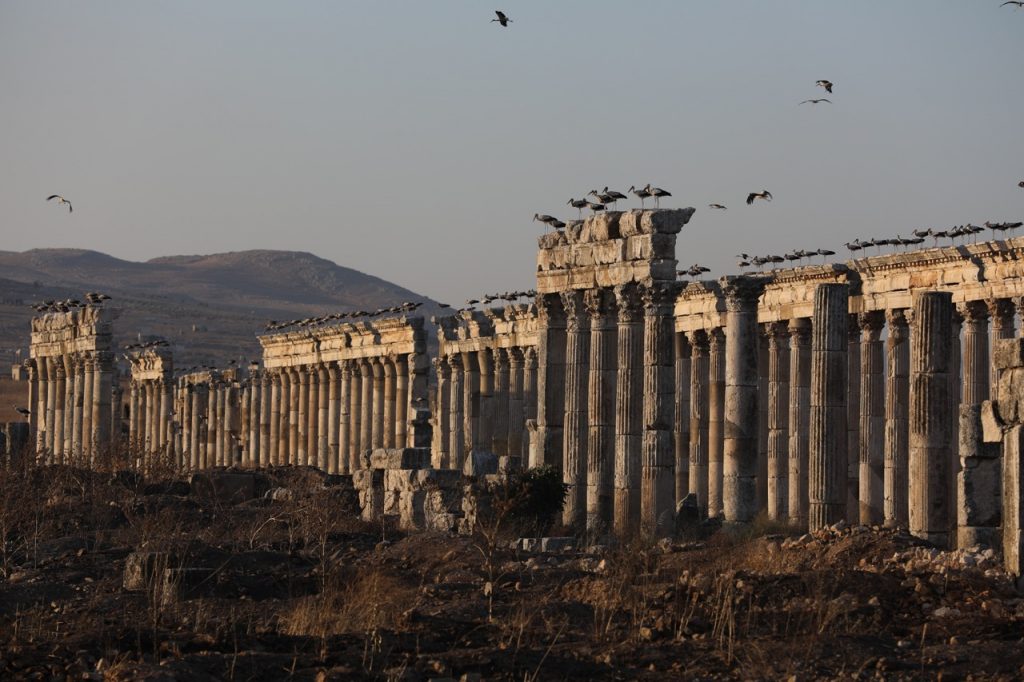
From historical sources, it is known that several early Byzantine churches in Apamea, such as those of St. Antoninus, St. John, and the Virgin Mary, did not survive. Near the city, there was also a xenodochium (a hospital or guesthouse) dedicated to St. Romanus, which was renovated by Justinian I. Archaeological excavations in Apamea have uncovered the remains of four churches.
To the east of the presumed governor’s palace of the province of Syria II, which was adorned with mosaics, lies the so-called Eastern Cathedral, which has been reconstructed as a columned tetraconch with massive, complex-shaped pillars and an eastern annexed hall-like temple (similar to those in Seleucia Pieria and Diyarbakir). According to an inscription, it was restored by Archbishop Paul in 526–528, and in 533, a peristyle (column-surrounded) courtyard was added. Among the temple ruins, a reliquary made of pink marble containing the relics of Saints Jude Kallinikos, John the Warrior, and the Forty Martyrs of Sebaste was found.
At the intersection of the main streets of the city, a round church with a diameter of 25 meters was built during the reign of Justinian I. This was a columned rotunda with a complex design in the eastern part of the building: a transept was added to the east of the rotunda (with small apses in the resulting “triangles”), with a main apse behind it and several rooms surrounding it.
About 50 meters to the south, in the early 5th century, the Atrium Church (measuring 38 x 36 meters) was constructed, which also featured a baptistery. Because it was built on the site of a synagogue, the church has an unusual square shape with two side chapels. The pastophoria (sacristies) on either side of the bema served as martyria: reliquaries containing the relics of Saints Cosmas, Damian, Theodore, and others were found within them. The church was repaired in 573 and by the mid-7th century had become a Christian cemetery.
The ecclesiastical architecture of Apamea is illustrative as an example of the adaptation of the capital of the province of Syria II to the architectural realities of a Roman city on the one hand and to the new trends of the 6th century on the other. As a symbol of the triumph of Christianity, the Church with Atrium was built in the early 5th century, although it had to adapt to the structures of the pre-existing synagogue. In the early 6th century, a columned tetraconch emerged in Apamea, as in other Syrian cities. Around the same time, the city also acquired a columned rotunda similar to the cathedrals of Bosra and Scythopolis (modern-day Beit She’an in Israel).
Photodocumentation
No Images Found!
Literature
Lassus J. Églises d’Apamène // Bulletin d’études orientales. 1972. T. 25. P. 16–18.
Kleinbauer W. E. The Origin and Functions of the Aisled Tetraconch Churches in Syria and Northern Mesopotamia // Dumbarton Oaks Papers. 1973. Vol. 27. P. 89–114.
Napoleone-Lemaire J., Balty J. Ch. L’église à atrium de la Grande Colonnade (Fouilles d’Apamée de Syrie; I.1). Bruxelles, 1969.
Balty J. Ch. Le groupe épiscopal d’Apamée, dit “cathédrale de l’est. Premières recherches // Colloque Apamée de Syrie. T. II. Bruxelles, 1972. P. 163–208.
Idem. Guide d’Apamée. Bruxelles, 1981.
Idem. Églises d’Apamée et d’Apamène // Villes et campagnes aux rives de la Méditerranée ancienne. Hommages à Georges Tate (Topoi. Orient-Occident. Suppl.; 12). P., 2013. P. 199–221.

